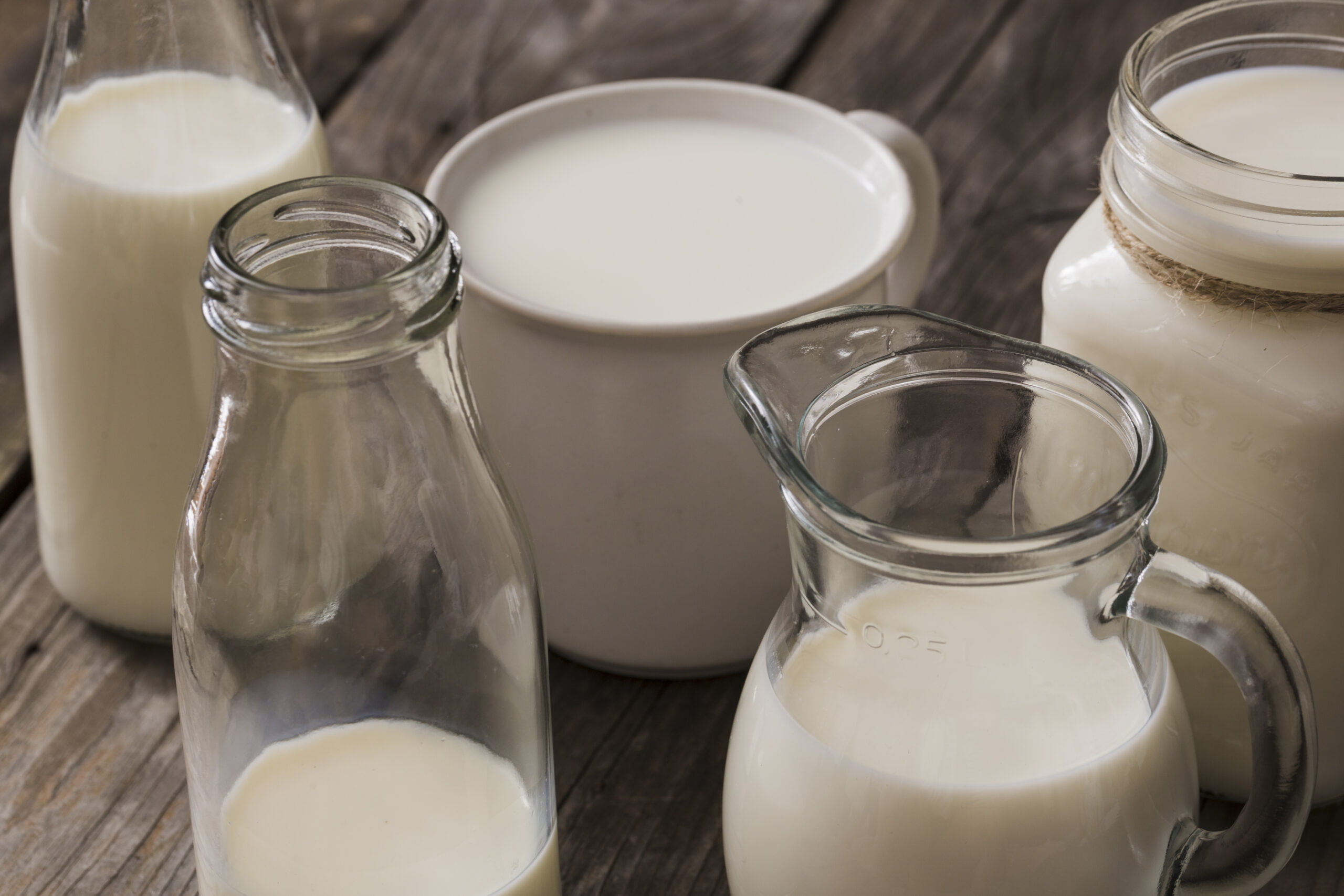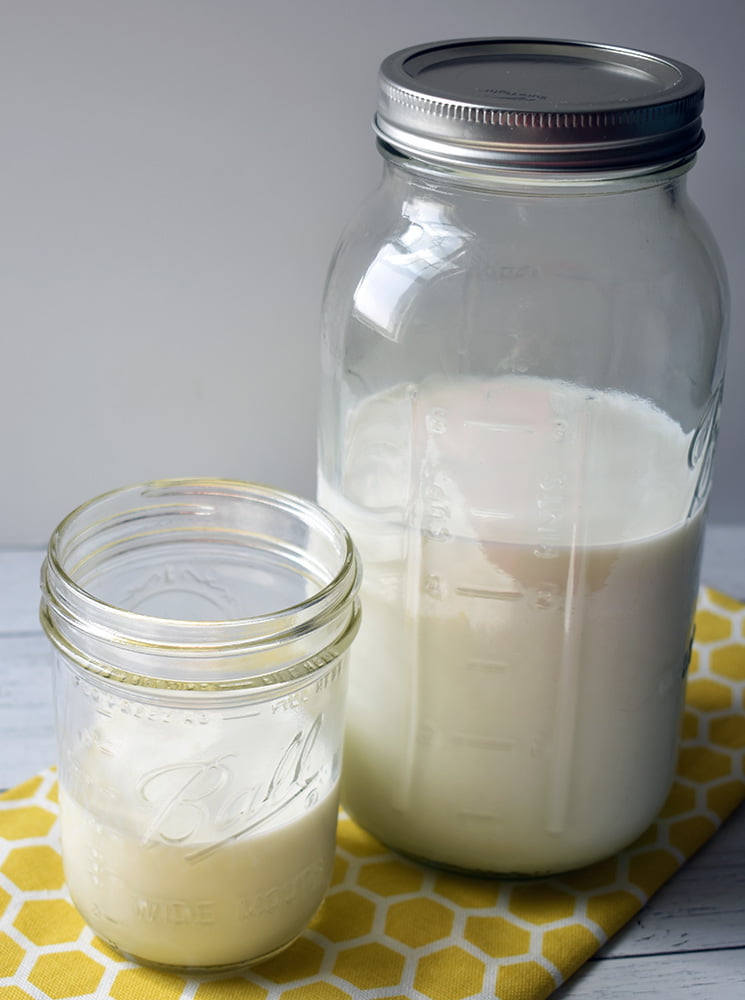
When it comes to nurturing our gardens, we often seek unconventional methods to enhance plant growth and fruitfulness. In this quest, one curious question arises: Is milk water good for tomato plants? Can this dairy-based concoction be the secret elixir that our tomato plants have been yearning for? In this comprehensive guide, we’ll explore the potential benefits of using milk water on tomato plants and delve into the science behind this intriguing gardening hack. Join us on a journey to uncover the truth about the magical combination of milk and tomatoes.
Table of Contents
Is Milk Water Good for Tomato Plants?

Milk water, when used in a diluted form, can provide benefits to tomato plants. It is a source of calcium, which is an essential nutrient for plants. Calcium plays a crucial role in strengthening cell walls, reducing the risk of disorders like blossom end rot, and enhancing overall plant health.
Moreover, milk water is believed to have anti-fungal properties, which can help protect tomato plants from fungal diseases. This can contribute to healthier plants and higher-quality fruit.
While milk water can offer advantages to tomato plants, it should be used thoughtfully and in conjunction with other horticultural practices. Experimenting with this technique can yield positive results, but as with any gardening method, it’s essential to observe and adjust based on your specific plant’s needs.
The Nutritional Value of Milk Water

Understanding the nutritional composition of milk can shed light on its potential benefits for tomato plants. Below are the nutrients that milk brings to the garden.
Milk’s Nutrient Profile
- Calcium: Calcium is a vital nutrient for plant growth, particularly for cell wall development and disease resistance.
- Proteins: Milk is a source of proteins, which can contribute to plant health in various ways.
- Lactose: Lactose is a carbohydrate that can serve as an energy source for soil microbes, promoting a healthy soil ecosystem.
What does milk do for tomato plants?
let’s show you the potential advantages of using milk water on your tomato plants.
Increased Calcium Uptake
One of the primary benefits associated with milk water is its potential to boost calcium uptake in tomato plants. Calcium is crucial for the development of strong cell walls, which can make tomatoes less susceptible to diseases and disorders like blossom end rot.
Disease Prevention
Milk water’s anti-fungal properties have been widely discussed. By reducing the likelihood of fungal diseases, your tomato plants may thrive and produce healthier fruit.
Improved Soil Microbe Activity
Lactose, present in milk, serves as a food source for beneficial soil microbes. A thriving soil ecosystem can contribute to improved nutrient availability for your tomato plants.
How Do You Spray Milk On Tomato Plants?
Spraying milk on tomato plants is a relatively simple process. Here’s a step-by-step guide on how to do it:
What You’ll Need:
- Milk (preferably skim or low-fat)
- Water
- A clean spray bottle
- A small measuring cup (optional)
Steps:
- Gather Your Ingredients:
- Measure the amount of milk and water you’ll need. A common ratio is 1 part milk to 2 parts water, but this can vary. For example, if you’re using a small spray bottle, you might use 1 cup of milk and 2 cups of water. Adjust the quantities depending on the size of your spray bottle and the number of tomato plants you have.
- Mix the Solution:
- In your spray bottle, combine the milk and water. If you’re using the 1:2 ratio, pour the milk first and then add the water. Close the bottle securely.
- Shake Well:
- Shake the spray bottle vigorously to ensure that the milk and water are thoroughly mixed. Proper mixing is important to prevent clogs in the spray nozzle and ensure an even application.
- Application:
- Wait for a clear, overcast day or early in the morning to apply the milk water solution. Avoid applying it in direct sunlight to prevent the possibility of burning the leaves.
- Lightly spray the milk water solution on your tomato plants, covering the foliage, stems, and the soil around the base of the plants.
- Make sure the spray is even but not excessive. You don’t want the milk water to drip off the leaves; a fine mist is sufficient.
- Frequency:
- Repeat the application every two weeks during the growing season, especially when the plants are actively producing fruit.
- Monitor:
- Keep a close eye on your tomato plants for any signs of milk residue buildup, pests, or adverse reactions. Adjust the frequency and concentration of milk water as needed.
How Much Milk Do You Give Tomato Plants?
It’s important to use a diluted solution to avoid any potential issues with milk residue buildup. A common ratio for the milk-water mixture is 1 part milk to 2 parts water. However, the exact amount of milk you should give to your tomato plants depends on factors such as the size of your plants, the number of plants you have, and the size of your garden.
Here’s a general guideline:
- For a small garden with a few tomato plants:
- Mix approximately 1 cup of milk with 2 cups of water in a spray bottle.
- Shake the mixture well to ensure thorough mixing.
- Use this mixture to lightly spray the foliage, stems, and the soil around the base of your tomato plants.
- For a larger garden with multiple tomato plants:
- You can scale up the mixture accordingly. For example, if you have 10 tomato plants, you might use 10 cups of milk and 20 cups of water.
- As a rule of thumb, it’s better to err on the side of caution and use a slightly more diluted mixture, especially if you’re unsure about how your plants will respond.
- It’s recommended to apply this mixture every two weeks during the growing season to potentially benefit from the calcium and other nutrients in the milk.
Potential Risk Using Milk Water For Tomato Plants
Before drenching your tomato plants in milk water, it’s essential to be aware of potential risks and considerations.
Milk Residue
One concern is the possibility of milk residue building up on plant leaves. This residue can potentially attract pests or contribute to the growth of harmful microorganisms.
Lactose Intolerance
Just as some individuals are lactose intolerant, not all plants may respond positively to lactose. It’s crucial to monitor your plants for any adverse reactions.
Conclusion
In the quest to answer the question “Is milk water good for tomato plants?” it’s evident that this unconventional gardening hack does have some potential benefits, especially in terms of calcium uptake and disease prevention. However, it’s not a miracle solution, and there are potential risks to consider.
